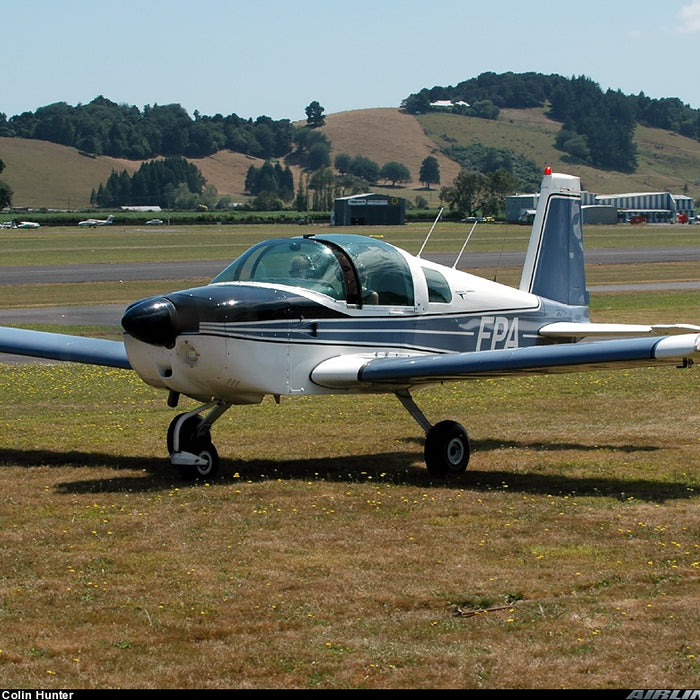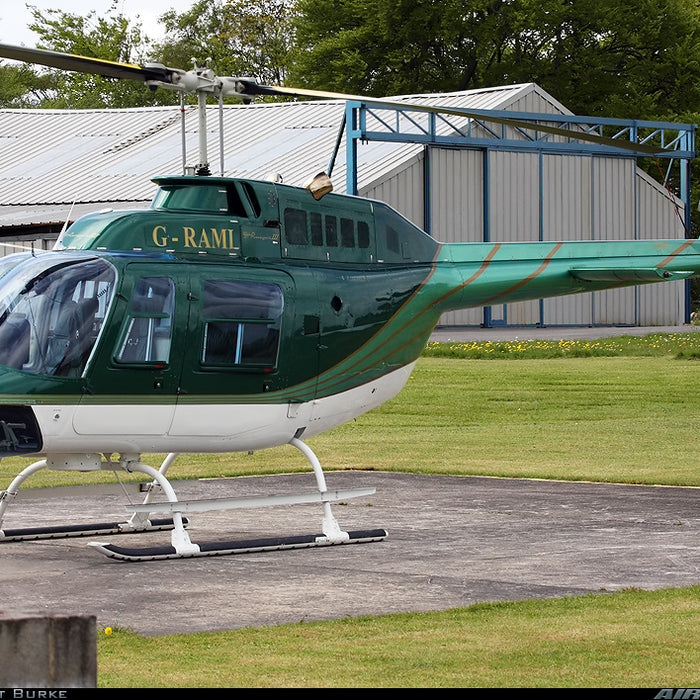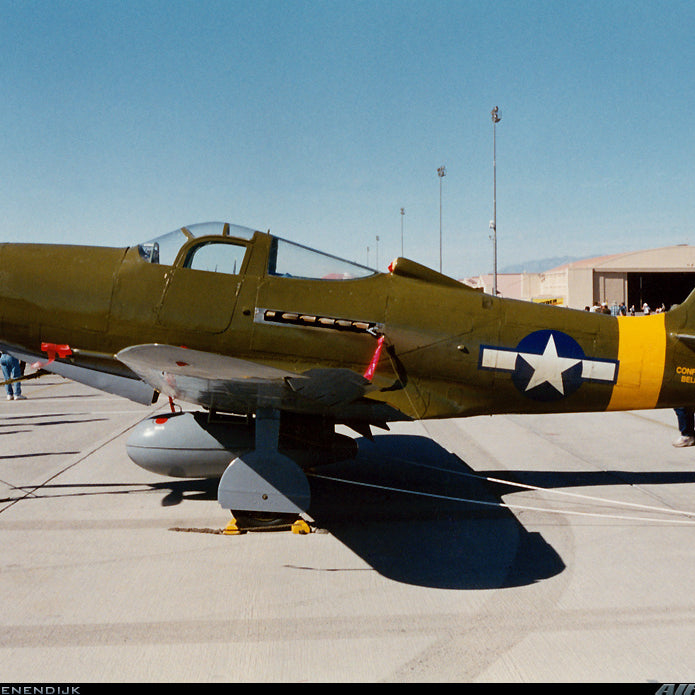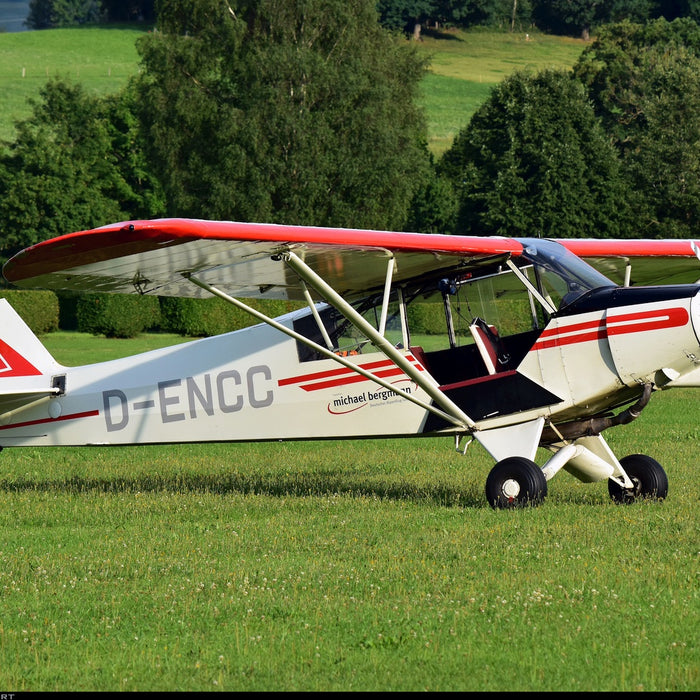
Number 48 of 100 in 100, the Grumman American AA-1 🛩️
Conceptualization: The Grumman American AA-1 was developed in response to a growing market demand for affordable and lightweight personal aircraft during the 1960s. At that time, many pilots were looking for economical aircraft for personal use and flight training,...








